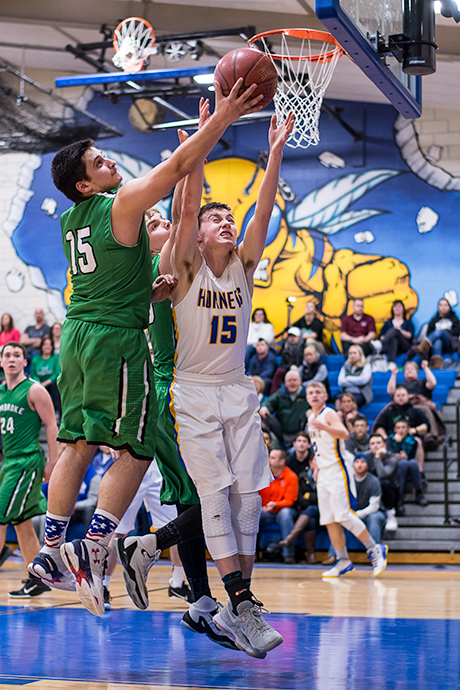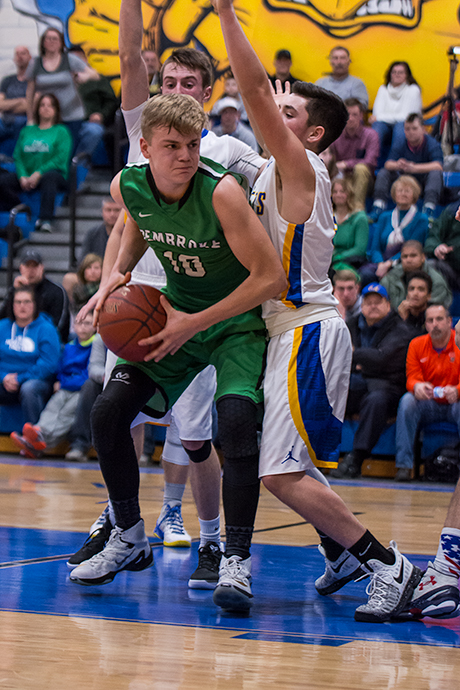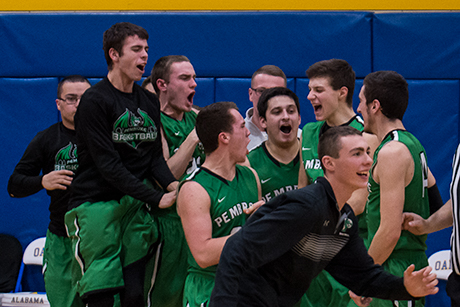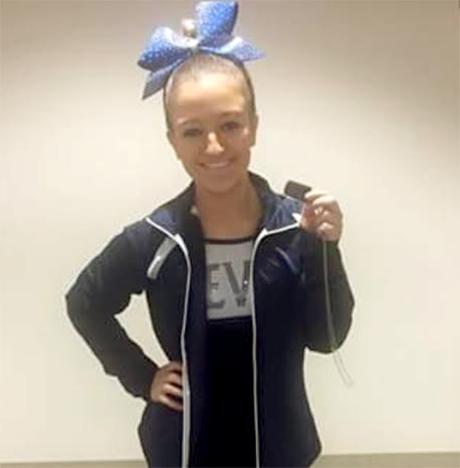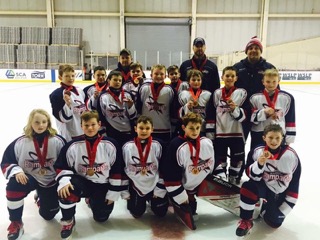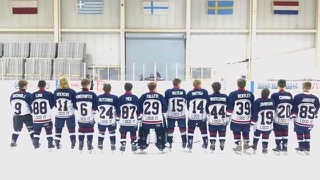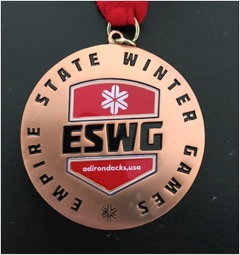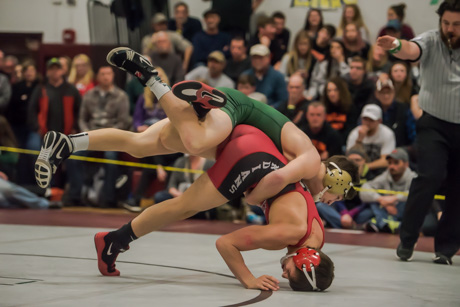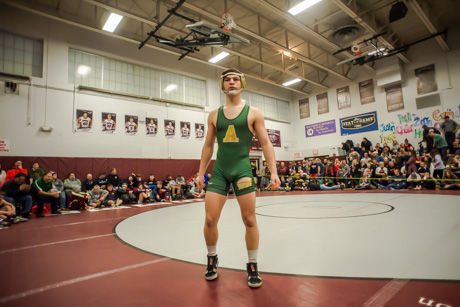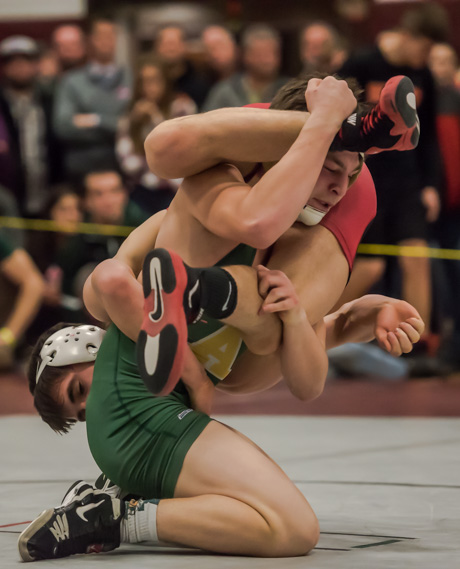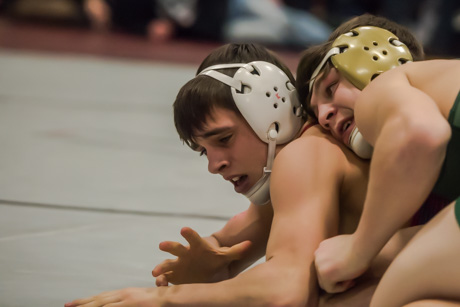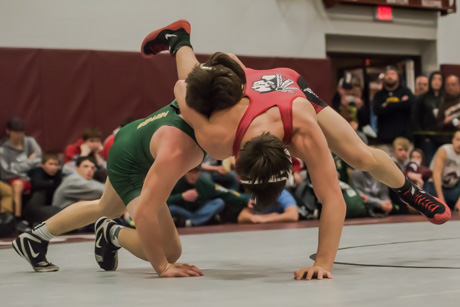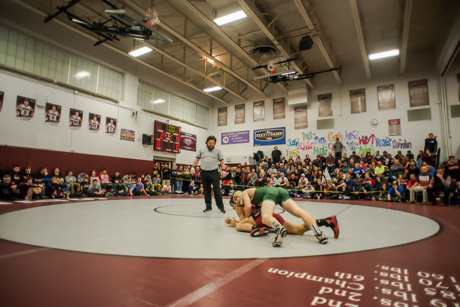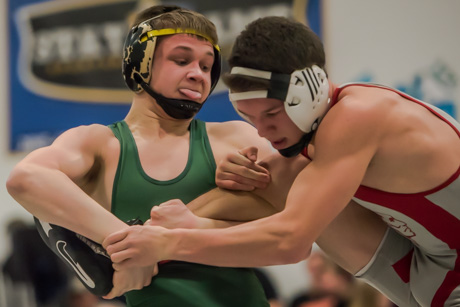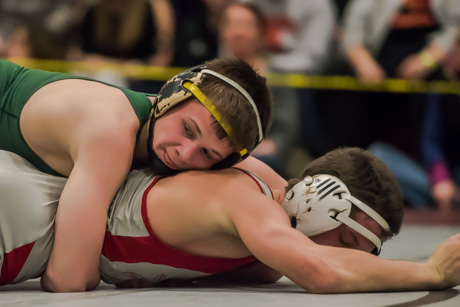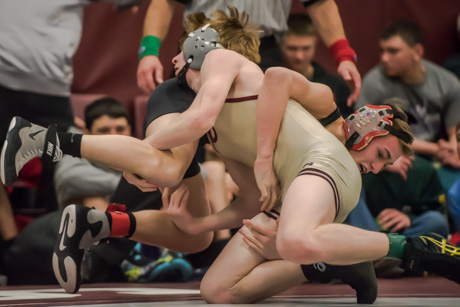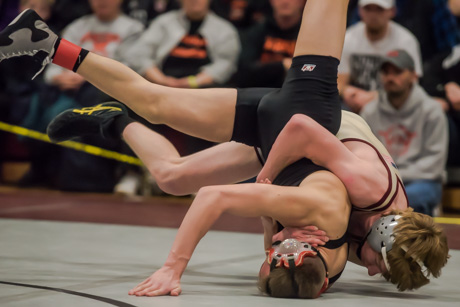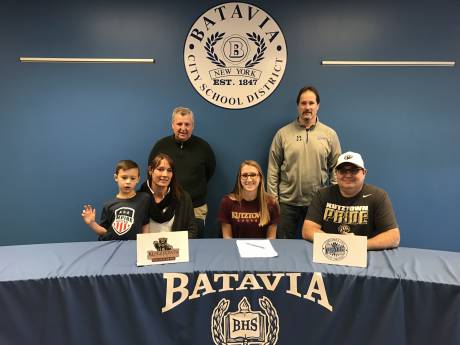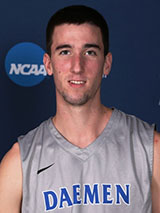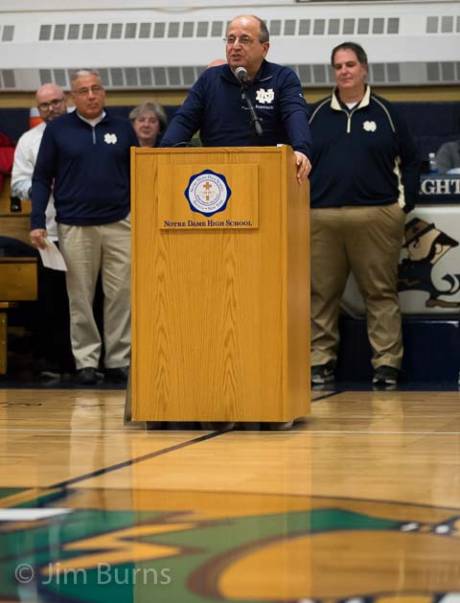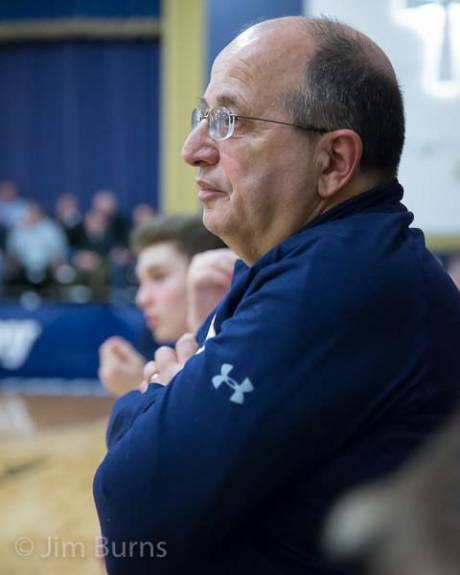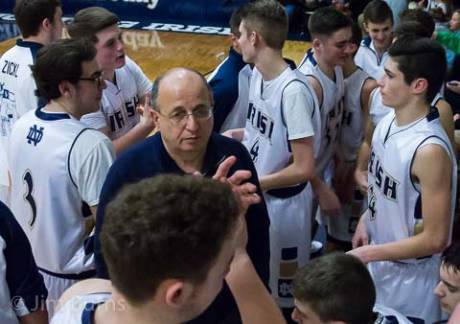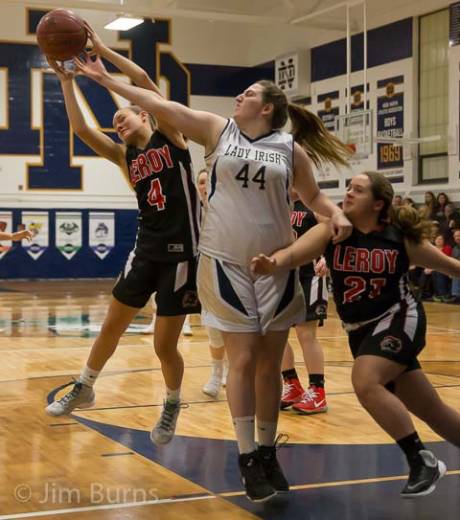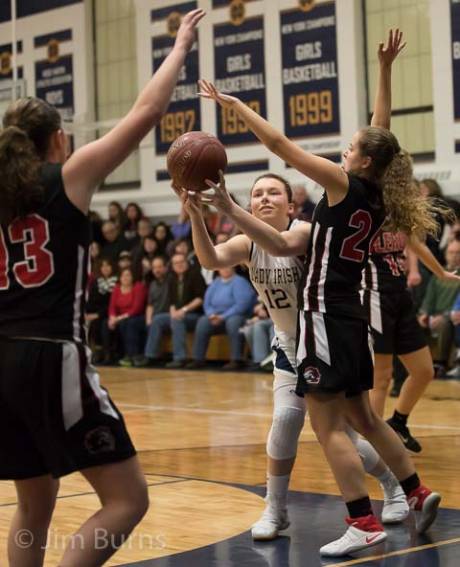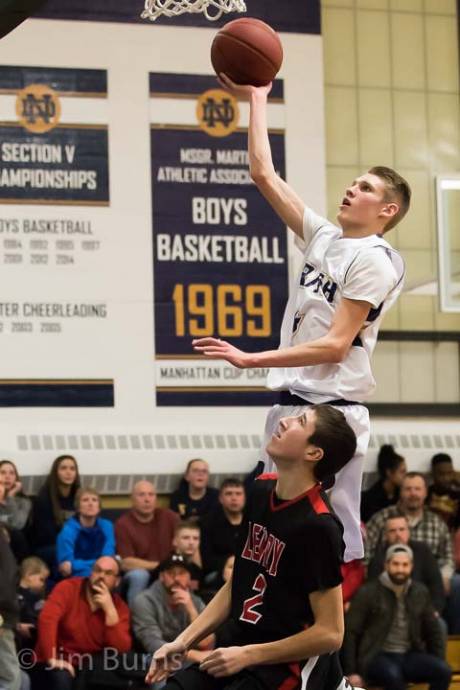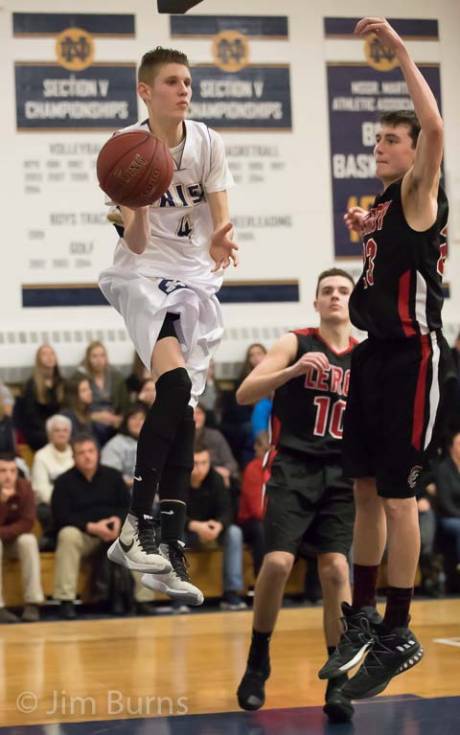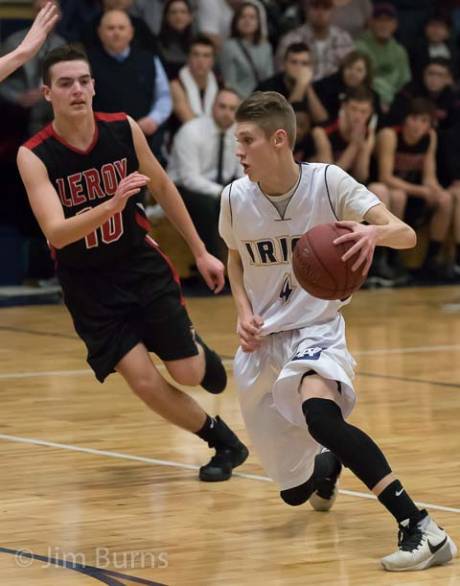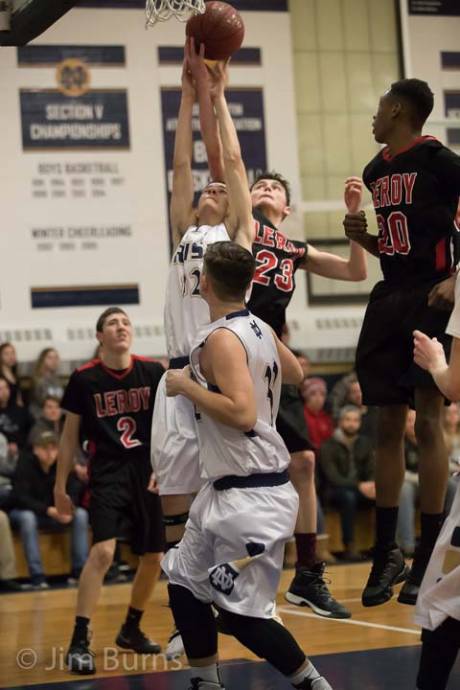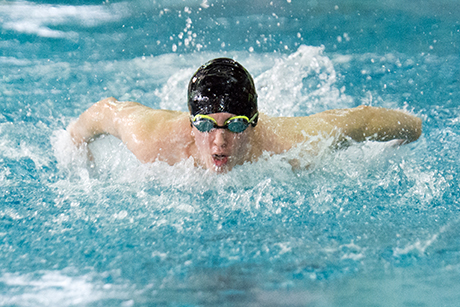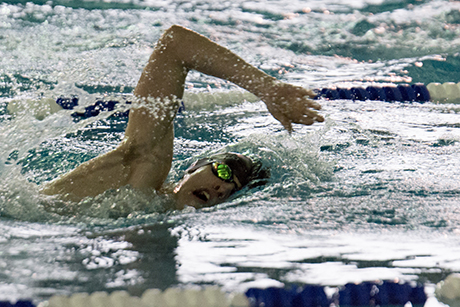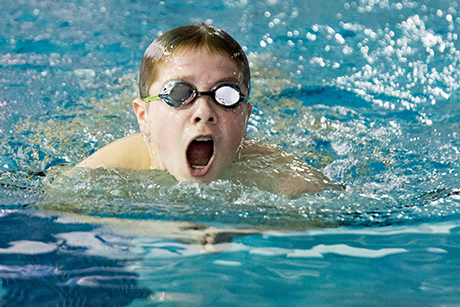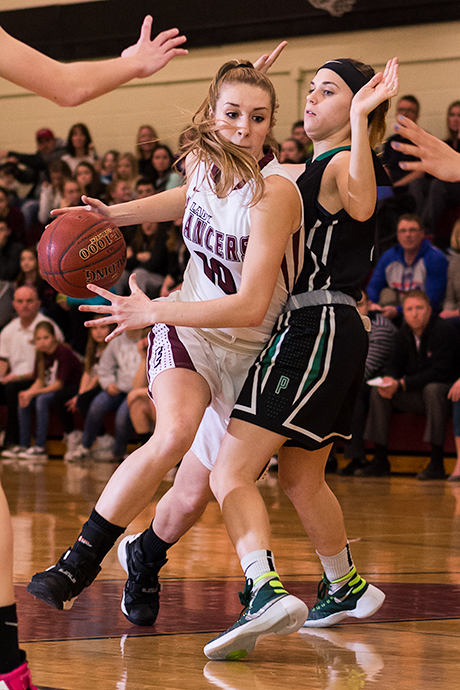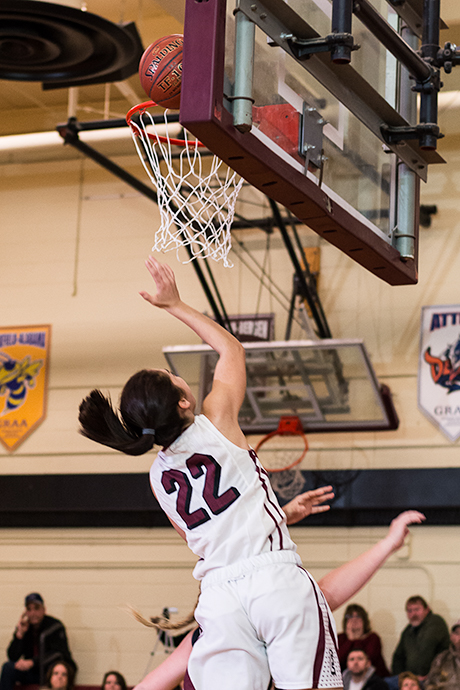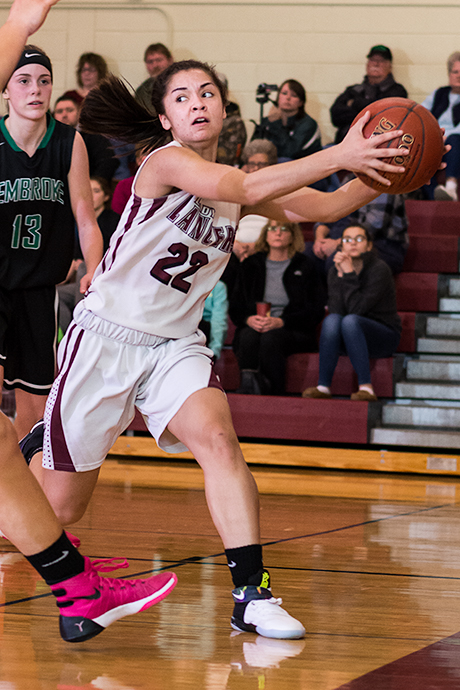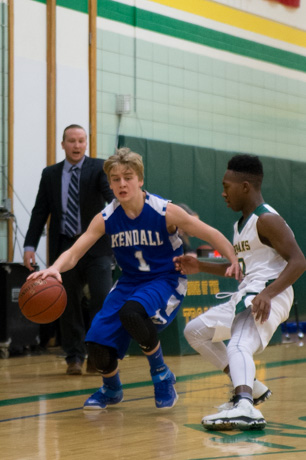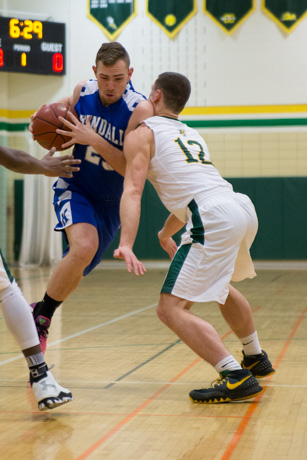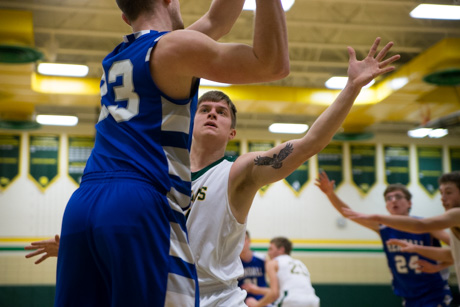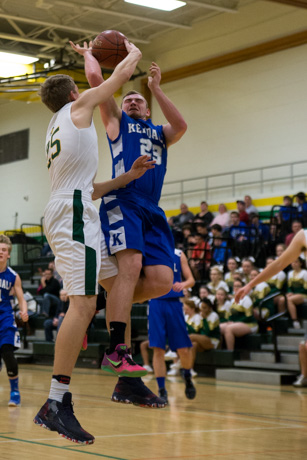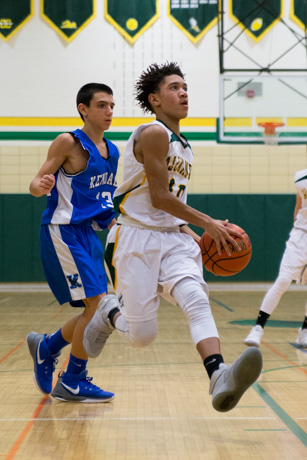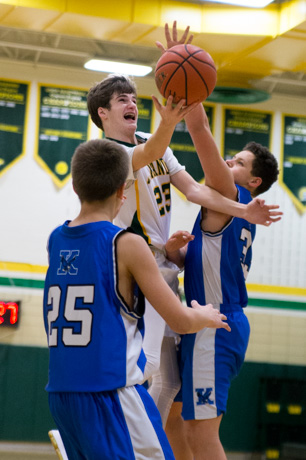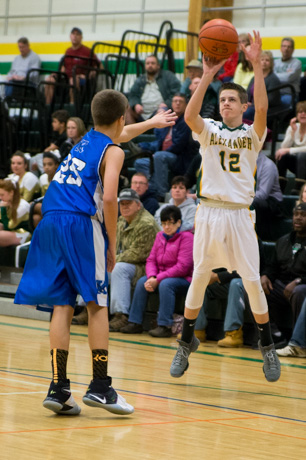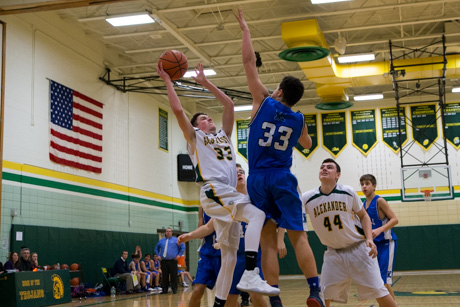Handicap bowling tournaments have much to offer in the way of competition, prize money, charitable fundraising, social bonding, etc., etc.
For those who run these events, however, the process of determining handicap – additional pins given to bowlers based on their averages – can be difficult and, at times, contentious.
Not only do tournament managers have to come up with a fair handicap formula (for example, 90 percent of the difference in the bowler’s average and 220) but they also have to be aware of bowlers who have compiled tournament scores and/or exhibit skill levels above and beyond their recorded league averages.
And, more importantly than awareness, tournament directors must not be afraid to adjust a bowler’s average when necessary in order to ensure the fairness of the tournament.
As someone who runs several tournaments each year, I adhere to the “big picture” philosophy: It is better to possibly upset one or two people whose averages need to be adjusted (hopefully they will agree with the “rerate”) than to tee off the majority and destroy the tournament’s integrity.
In the course of promoting handicap regular and no-tap tournaments through this column, I take note of the variety of handicap formulas that are used. The percentage varies from 70 to 100 percent, and the average base varies from 200 to 230.
A closer look at these handicap schemes shows that a tournament using 80 percent of 200, for example, favors the higher average bowler.
Most good bowlers today have 210, 220, 230 and even 240 league averages. When they bowl in tournaments with a 200 average base, they are getting free handicap pins in two ways – they’re not penalized for averaging over 200 and the bowlers averaging less than 200 are not receiving as many pins as they would have if the base was higher.
Thus, I am not surprised when the higher average bowlers continue to win and place high in these handicap tournaments.
Then there’s the “sandbagging” factor or the art of keeping one’s league average at a level less than the bowler’s true ability.
Tournament directors should be aware that they have the backing of the United States Bowling Congress to adjust (rerate) averages through Rule 17a and 319 of the USBC Playing Rules. And just recently, the USBC established an online directory of bowlers who already have been rerated, and welcomes tournament directors to submit names of bowlers who they have adjusted or rerated.
Per Rule 17a, information that can be used by tournament managers for average adjustment prior to the start of competition includes, but is not limited to:
-- Average bowled on a Sport/Challenge condition in a league was not marked as such;
-- Bowler has multiple league averages which are significantly higher, all with less than 21 games;
-- Bowler shows a big decrease in average in consecutive years;
-- Bowler has had his/her entering average adjusted by another tournament.
Bowl.com lists averages for all USBC-certified bowlers, including those in leagues with less than 21 games (as long as the secretary of the league forwards these averages to their local association office). It is not uncommon to find bowlers who have much higher averages in leagues where they have bowled less than 21 games (the number primarily used for consideration in tournament play) than they do in leagues where they have bowled a full season.
Additionally, there are those who bowl in houses with tougher lane conditions and, generally speaking, their league averages prove to be less than their tournament averages.
Rule 319c requires tournament bowlers to report any previous average rerates or adjustments, whether the bowler accepted the adjustment/rerate or not, at the time of bowling. If a bowler refuses an adjustment or rerate, he or she can appeal to the USBC Rules Department or choose not to bowl and, if applicable, receive a refund of his or her entry fee.
Tournament directors owe it to all of their bowlers to run the fairest events possible by carefully considering the handicap formula and by using the average adjustment/rerate tools at their disposal.
Through detailed record-keeping, sharing data with and obtaining data from local association officials, and utilizing the national rerate database, tournament managers will be better equipped to conduct fair and equitable tournaments.
NUMEROUS TOURNAMENTS SCHEDULED FOR FEBRUARY
February may be the shortest month, but there is no shortage of local tournaments scheduled over the next four weekends.
Feb. 11-12, GRUSBC Masters, Mancuso Bowling Center, Batavia
Batavian Paul Spiotta once again will be directing the Genesee Region USBC Masters, a scratch singles tournament featuring a four-game qualifier, four-game semifinals and (for the top eight finishers) eight-game Peterson Point finals.
Qualifying squad times (four games) are 10 a.m. and 1 p.m. on Saturday, with the semifinals to follow. The top eight will return at 1 p.m. Sunday for head-to-head match play with bonus points awarded for victories and scores in relation to 200.
Scott Culp of Lima is the defending champion. The lane condition will not be a “house” shot.
First place, based on 80 entries, is $500 plus a ring. One in five entries will cash. To enter, contact Spiotta at 585-303-6458.
Feb. 17-19, Strike Out for Crossroads House, Mancuso Bowling Center, Batavia
The 21st annual Betty Ellison “Strike Out for Crossroads House” fundraiser has already sold out two of its four squads – on Friday night and at 6 p.m. Saturday.
Openings for the five-person team event do remain, however, for the 3 p.m. squad on Saturday and the 1 p.m. squad on Sunday. The entry fee is $100 per team and all proceeds – there is no prize money – will go to benefit Crossroads House, a comfort home for the dying.
This year’s tournament is dedicated to the late Joe Gerace, a lifelong Batavian who organized many teams over the years. Gerace passed away on Nov. 17 at the age of 80.
To enter, contact Tara Lowder at 585-409-0136.
Feb. 18, Valentines Luv’em or Hate’em Mixed Doubles, Medina Lanes
This is a man-woman doubles handicap event with a guaranteed first prize of $500.
Squad times are 1 and 3:30 p.m., with match play to follow. The entry fee is $55 per team.
Handicap is based on 80 percent of a 440 team average and the 10-pin rule is in effect, meaning that a bowler must use this season’s highest average if it is at least 10 pins more than the 2015-16 highest average.
To enter, call Medina Lanes at 585-318-4474.
Feb. 18-19, Nunda Fire Company Three-Person No-Tap, Letchworth Pines, Portageville
A $700 first prize (based on 40 teams) awaits the winner of this fundraising tournament that lists squad times are noon, 2 and 4 p.m. on Saturday and 1 and 3 p.m. on Sunday.
The entry fee is $60 per team. An optional singles tournament and 300 game jackpot also are available.
Prize money will go to one out of every 10 entries. Handicap is based on 100 percent of 200, using last year’s highest USBC league average, with a maximum of 75 pins per game per bowler.
To enter, contact Dana Cotton at 585-261-5799.
Feb. 24-26, Ron Riggi Memorial Four-Person, Legion Lanes, Le Roy
Squad times for the 15th annual Riggi Memorial handicap event are 6:30 p.m. Friday, noon and 3 p.m. Saturday and noon and 3 p.m. Sunday.
First place, based on 40 entries, is $1,000. The entry fee is $100 per team. Handicap is based on 80 percent of 210 and the 10-pin rule is in effect.
Proceeds will go toward two scholarships in Ron Riggi’s name to a junior bowler at Legion Lanes and in Rochester.
To enter, contact Mark Brown at 716-474-7960 or Legion Lanes at 585-768-8597.
RESULTS OF NO-TAP LOCAL TOURNAMENTS LAST MONTH
Three no-tap tournaments took place over the past couple weeks at area bowling centers, and here are the results of two of them.
The team of Aaron Verheyn, Jeanette Sease and Scott Allis captured the $500 first prize at the “Knock Cancer to the Gutter” event at Medina Lanes, posting a 2,600 score with handicap to edge the second place team of Jeremy Herman, Shannon Parker and Chris Bacon by five pins.
The top 10 teams earned prize money at the tourney, which raised several thousand dollars for the family of Shaun Ayrhart, who has an incurable brain tumor.
The foursome of Shayne Herold, Mike Hackett, Tom Rohl and Mark Brown split the $600 top prize at the Help-R-Heroes event at Legion Lanes in Le Roy. Twenty-one teams entered, raising $2,200 to support wounded soldiers returning home.
Calls and emails to obtain results of the Curt Haight Memorial four-person no-tap event were not returned.
REMEMBERING KEN RALEY, BOWLING CENTER MANAGER
Many area bowlers, especially those in the Warsaw and Bergen areas, will remember Ken Raley who passed away on Jan. 1 at the age of 73.
Raley managed the former Valley View Lanes in Warsaw in the 1990s, and in later years pushed through debilitating illness to bowl in leagues and tournaments at Rose Garden Bowl in Bergen.
As I recall, he was proud of his golf simulator during his time at Valley View and would make an occasional trip to Mancuso’s in Batavia (when I was the manager there) to obtain a part for a pinsetter.
A Vietnam Vet, he was a unique and a bit eccentric individual, who often would display his gift of gab by sharing an amusing story.
GR YOUTH TRAVEL LEAGUE IN BATAVIA ON SUNDAY
The Genesee Region Youth Travel League is in action at 1 p.m. this Sunday at Mancuso Bowling Center.
Currently, Scopano’s I holds a 5 ½ point lead over Batavia Strike Force, with Perry Bowling Center another seven points back.
In recent action, Trevor O’Dell of Scopano’s led the way with a 253 game and 648 series while Corinne Saluste of Strike Force led the girls with a 204 game and 545 series.
The GRUSBC board of directors will be meeting at 1 p.m. at T.F. Brown’s on Sunday as well.


